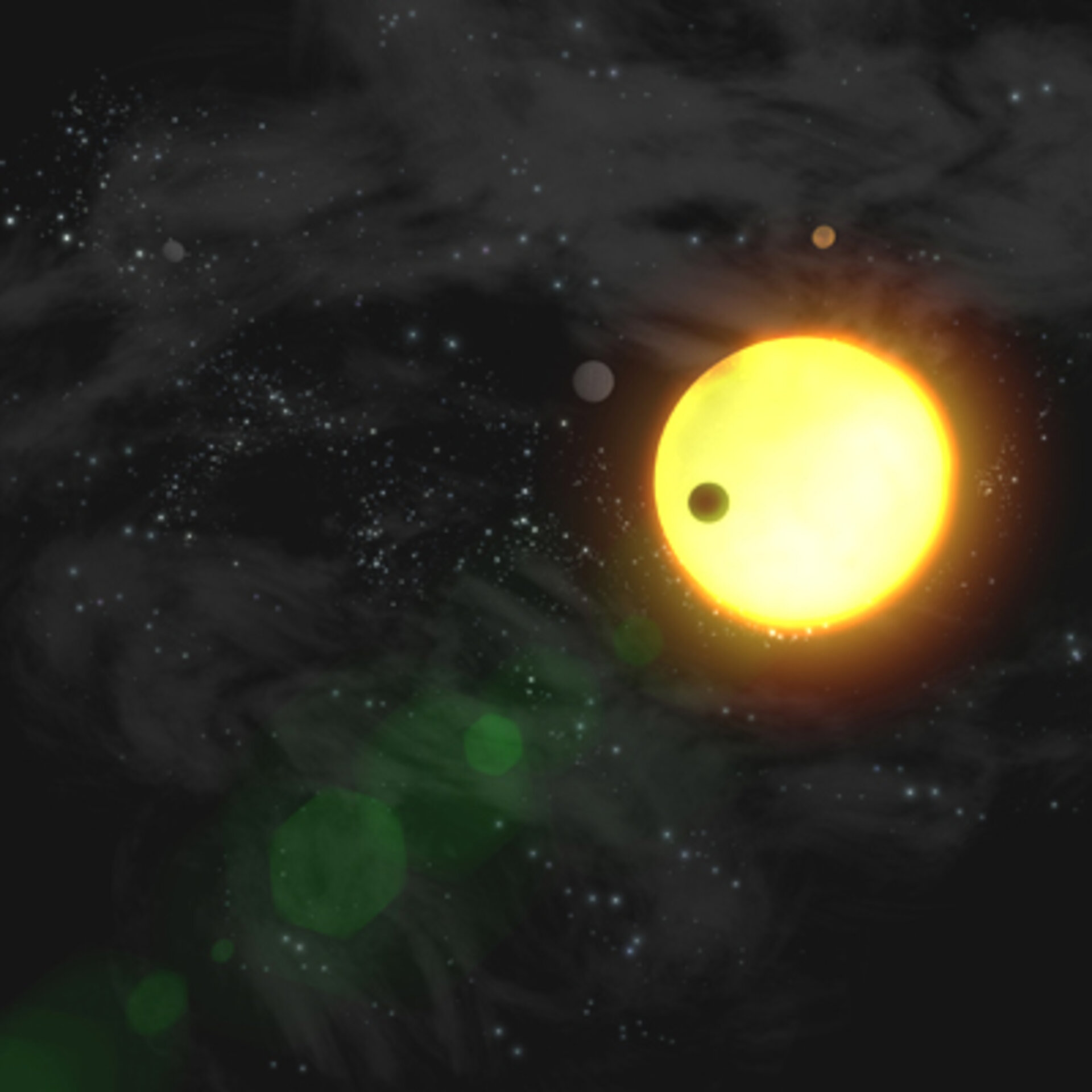First Cosmic Vision Missions Being Studied in CDF
Space Science continues to play a prominent role in Europe's space endeavours; the ESA Cosmic Vision programme identifies today's major scientific questions to be addressed by ESA's future space science missions.
These questions are:
- How did the Universe begin and what is it made of?
- What are the conditions for life and planetary formation?
- How does the solar system work?
- What are the fundamental laws of the Universe?
7 proposals are to be studied in the Concurrent Design Facility (CDF) within the next few months, covering many missions addressing the above questions. The first two of these studies, PLATO and Cross-Scale have already started.
PLATO is a high accuracy photometry mission conceived to detect and characterise transiting exoplanets and to measure seismic oscillations of their parent stars. The CDF study follows a two step approach, firstly an instrument design activity for the payload, followed by a mission level study for the definition of the platform.

Cross-Scale is a 10 spacecraft mission quantifying the coupling in plasmas between different physical scales within the Earth magnetic field in order to address fundamental questions such as how shocks accelerate and heat particles or how reconnection converts magnetic energy. The CDF study is done to define and consolidate the requirements for the parallel industrial studies foreseen to start in the second quarter of 2008.
The advantages of using the CDF and Concurrent Engineering methodologies to study the 7 proposals is that it allows a rapid assessment by all the relevant domain experts and the obtaining of technical and programmatic data essential to prepare further activities with industrial consortia and scientific study teams and advisory groups.




